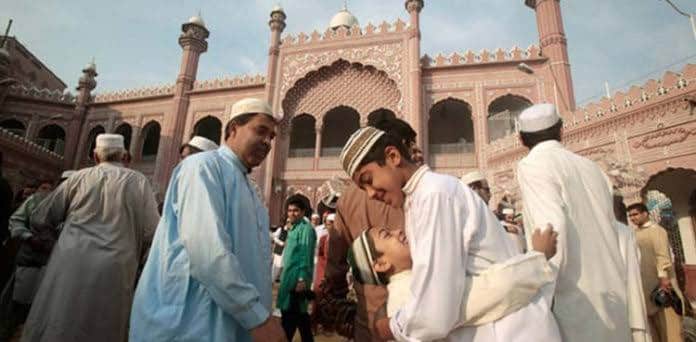In Pakistan, the celebration of Eidul Fitr holds significant cultural and religious importance, marking the end of Ramadan, the Islamic holy month of fasting. The determination of Eid’s date traditionally relies on the sighting of the Shawwal moon, which signals the beginning of the month following Ramadan.
To streamline this process and address concerns regarding moon sighting inconsistencies, in 2019, the then federal minister of Science and Technology, Fawad Chaudhary, introduced the Lunar calendar. This calendar aims to provide a more accurate and predictable schedule for religious events based on astronomical calculations rather than relying solely on visual moon sightings.
According to the Lunar calendar, Ramadan is projected to last 29 days, culminating in Eidul Fitr on April 10. The Pakistan Meteorological Department (PMD) plays a crucial role in confirming the moon sighting, with April 9 designated as the potential date for the Shawwal moon sighting.
The anticipation of Eid holidays prompts preparations and arrangements across the nation, leading to the customary practice of initiating holidays a day before the expected celebration date. Consequently, if the government declares a four-day holiday from April 9 to April 12, it would effectively provide six consecutive days off for citizens, inclusive of the weekend.
However, the final decision regarding the holiday schedule rests with the government, which will consult with relevant departments, including the PMD, before making an official announcement. This collaborative approach ensures that the holiday plan aligns with religious observations, logistical considerations, and national interests.


